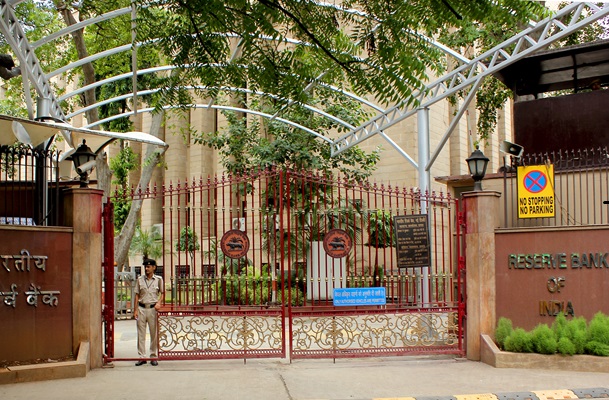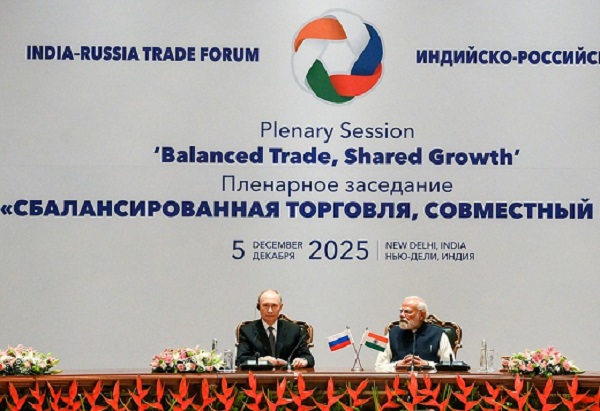.png)

Groupthink is the House View of BasisPoint’s in-house columnists.
May 10, 2025 at 3:51 AM IST
When the top brass of a major private bank resigns within months amid accounting scandals, it is not merely a ‘corporate reshuffle’. It is a five-alarm siren for India’s financial regulators.
The abrupt exit of IndusInd Bank’s Managing Director and Chief Executive Officer Sumanth Kathpalia, Deputy CEO Arun Khurana, and Chief Financial Officer Gobind Jain (earlier) capped months of unease triggered by two separate audit reports exposing governance and lapses in oversight. These reports, submitted by EY and Grant Thornton, pointed squarely at missteps in accounting for derivatives transactions.
While more resignations and even clawbacks may follow, the immediate fire has been contained, thanks largely to the Reserve Bank of India’s behind-the-scenes intervention.
Yet this episode may not be over, and the RBI could benefit from approaching it as more than a one-off.
Systemic Risk
The RBI would surely like to move on from this affair with great alacrity. After all, regulatory moral suasion and liquidity support may have helped IndusInd avoid an immediate crisis of trust from depositors. But the deeper rot should concern the central bank. If such failures can occur at a well-capitalised private bank, it raises uncomfortable questions about smaller or less scrutinised institutions.
To be fair to the RBI, it has visibly stepped up regulatory and supervisory engagement with bank managements, board members, and auditors since the YES Bank episode in 2020. The dedicated Department of Supervision has allowed for greater continuity and uniformity in actions taken across the system.
Still, even the strongest frameworks require consistent implementation, particularly when compliance is viewed more as an obligation than an organisational value.
IndusInd’s troubles are a stark reminder that in India’s competitive landscape, the pursuit of high profits and desire to be an investor darling can lead some banks to scrimp on compliance. The cost in terms of systems, controls, and checks is real and often front-loaded. But the cost of non-compliance, when it surfaces, can be devastating. It can threaten management credibility, investor confidence, and the entity’s existence itself.
It also highlights that while the supervisory cadre may be specialists in inspections, the RBI might consider examining the composition and evolving capability of its teams. While inspection staff are trained to detect anomalies, the complexity of modern banking—from structured products to technology architecture and offshore operations—could call for deeper domain expertise. Treasury misreporting, in particular, is hard to diagnose without insights from specialists who understand market intricacies.
A more interdisciplinary supervisory approach, one that draws on RBI’s expertise across departments, may help complement existing inspections and facilitate broader institutional learning.
Breaking The Cycle
While it is difficult to combat human greed and the malafide actions of those who deliberately bypass rules, there is scope for the RBI to explore additional mechanisms that build stronger deterrents and systemic checks.
Ensuring robust protection for whistleblowers could prove equally important. Encouraging early internal reporting and safeguarding those who raise red flags may help strengthen internal compliance cultures.
Clarifying accountability layers within regulated entities—across staff, management, boards, and auditors—can also enhance oversight. Ideally, the regulator should be a final arbiter in the compliance chain, not its first line of defence.
This journey starts at the operational level, is implemented by the management, reinforced by board-level processes, reviewed by internal auditors, and scrutinised by statutory auditors and exchanges—with the RBI serving as the concluding checkpoint.
IndusInd Bank is no small player. If rules were knowingly sidestepped here, it raises uncomfortable implications for smaller entities with fewer governance buffers.
The dust may settle around IndusInd, but it would be unwise to treat the matter as concluded. Ignoring its broader implications could mean overlooking deeper structural vulnerabilities. In financial systems, it often takes just one wobbly domino to trigger a cascade.
The RBI knows all this already. But there is a need to say it nonetheless.




